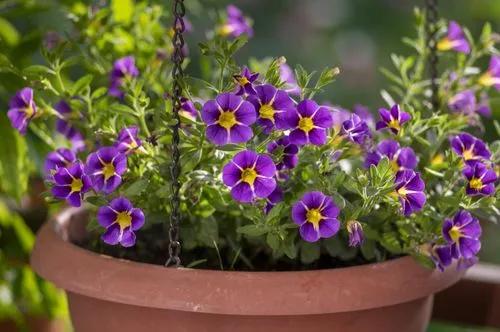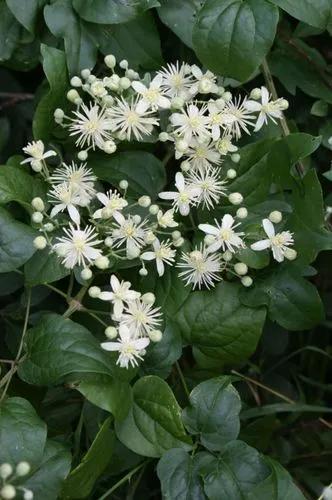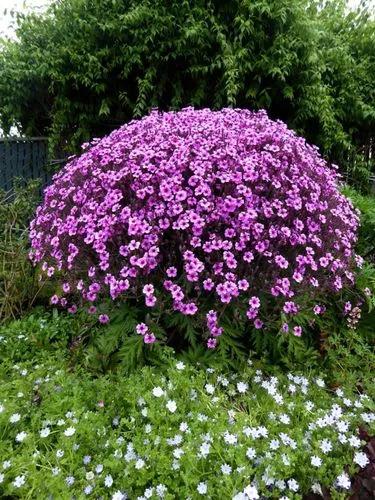Isatis tinctoria, also called woad (/ˈwoʊd/), dyer's woad, or glastum, is a flowering plant in the family Brassicaceae. It is occasionally known as Asp of Jerusalem. Woad is also the name of a blue dye produced from the leaves of the plant. Woad is native to the steppe and desert zones of the Caucasus, Central Asia to Eastern Siberia and Western Asia (per Hegi) but is now also found in South-Eastern and Central Europe and western North America.
Woad Care
Isatis tinctoria



Satis tinctoria, commonly called woad, dyer’s woad, or pastel, is a short-lived perennial or biennial of the mustard family. It typically grows in the first year as a large-taprooted basal rosette to 12” tall, with branched, alternate-leaved flowering spikes rising above the basal rosette in the second year to 2-4’ tall. This plant primarily features alternate leaves, yellow flowers, pendant brown seed pods and a blue dye which can be extracted from the foliage. It is native to Europe and southwestern Asia. It was brought to Plymouth Colony in the early 1600s by European immigrants, and over time has been distributed to and naturalized in parts of northeastern Canada, New England and western North America from British Columbia and Montana south to California and New Mexico. In the western U.S., it is commonly found today in a variety of habitats including rangelands, agricultural lands, pastures, fields, roadsides and disturbed sites.
Foliage consists of basal rosettes of stalked, oblong-lanceolate, gray-green leaves (each to 2-4” but sometimes to 7” long) and stalkless, smaller, alternate, arrow-shaped, gray-green leaves (each to 2” long) borne on leafy flowering stems rising above the basal foliage in the second year to 4’ tall. Four-petaled yellow flowers (each to 3/8” across) bloom in early summer in loose 3-inch long racemes which collectively form a large terminal panicle. Flowers are followed by dark pendant decorative seed pods. Leaves produce a blue pigment.
This plant is useful.
How to Care for the Plant

Popularity

196 people already have this plant 32 people have added this plant to their wishlists
Discover more plants with the list below
Popular articles






